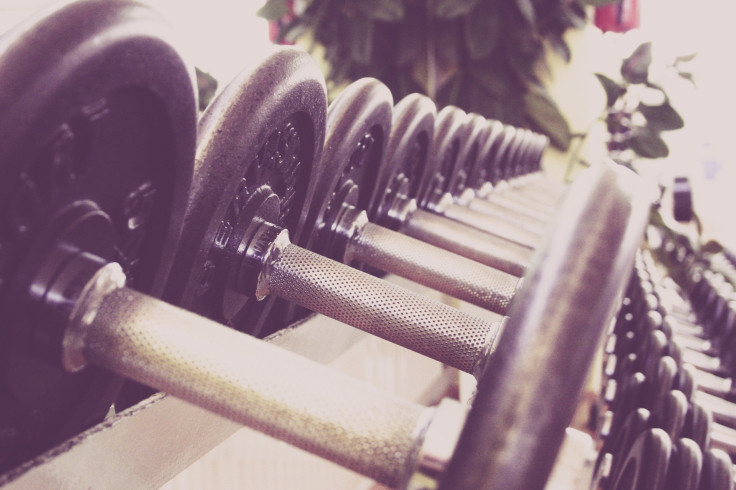HIIT For A Healthy Heart? Teens Benefitting From High Intensity Interval Training May Inspire New Exercise Requirements

Exercise is an integral part of keeping the body healthy, yet less than a quarter of youth meet their daily fitness requirements. According to the Centers for Disease Control and Prevention (CDC), children and teens should be getting at least 60 minutes of physical activity each day. Luckily, a new study conducted by researchers from the University of Exeter may have found the solution to keeping youth healthy: high intensity interval training (HIIT).
"We know that activity levels drop significantly as children reach adolescence, and so far attempts to increase this to an hour a day have proved fruitless,” said the study’s led researcher Dr. Alan Barker, a pediatric exercise physiology professor at the U-Exeter, in a press release. “This study indicates that, providing the intensity is high, health benefits are achievable with just eight to 10 minutes of exercise." Barker and his team arrived at this conclusion after asking six girls and seven boys between the ages of 13 and 14 to perform six different HIIT workouts over the course of two weeks.
The exercises only lasted between eight and 10 minutes, but participants were able to demonstrate “significant” improvements in how their blood vessels transport blood, as well as their brain’s ability to control their beating hearts. Both blood pressure and heart beat are known to affect a person’s risk for cardiovascular disease in the long run.
Physical activity levels tend to lag during teenage years because teens tend to lose interest in physical activity overtime. School, studying, friends, and part-time jobs can all keep teens from making exercise a priority. Instead of overwhelming teens with the CDC's daily requirements, researchers suggest up to 10 minutes of HIIT could prove beneficial just three days a week.
The American College of Sports Medicine defines HIIT by its intense work periods, which can range from five seconds to eight minutes long. The exercises are performed at 80 to 90 percent of a person’s maximum heart rate with alternating recovery periods at 40 to 50 percent of a person’s heart rate. Researchers had the study participants carry out several different exercises, one of which was to cycle at high speeds for one minute with a 75-second break in between. In addition to cycling, lifting weights, aerobics, and running can be turned into an intense workout.
"We may have more success in encouraging teenagers to dedicate a shorter time to improving their health by performing high-intensity exercise,” said the study’s co-author Dr. Bert Bond, a researcher fellow at the U-Exeter, in a press release. “This is an important finding, but more work is needed to inform existing physical activity guidelines for health.”
The research team plans to replicate the study using more participants, including those who have a greater risk of heart disease. Eventually they’ll compare the impact and potential benefits from longer HIIT interventions, possibly leading to new exercise requirements for teens struggling to fit exercise into their busy schedules.
Source: Barker AR, Bond B, Cockcroft EJ, et al. Two weeks of high-intensity interval training improves novel but not traditional cardiovascular disease risk factors in adolescents. American Journal of Physiology. 2015.



























